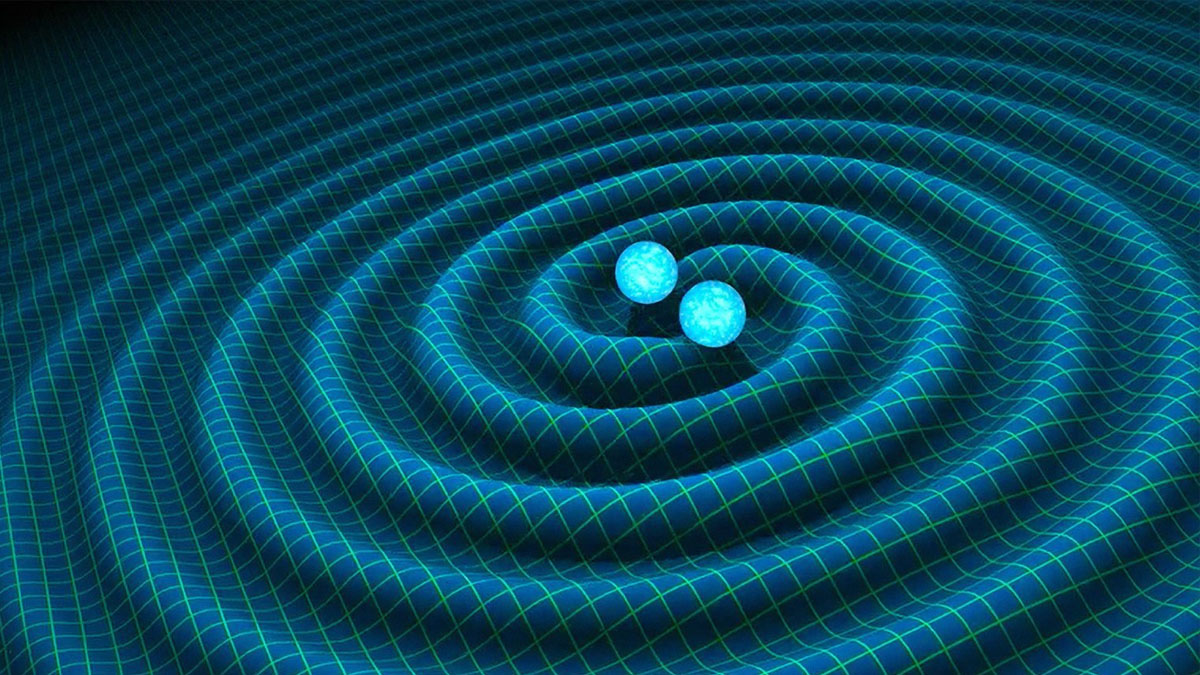do gravity waves plus cmbr equal inflation?

Inflationary cosmology may be our best and most researched model for the universe’s basic mechanics, but as any physicist eager to offer his or her own theory for the cosmos’ origins will tell you, there’s little evidence of the inflation’s crucial moments. We know the universe seems to be expanding, and we know that an event at the dawn of it was powerful enough to leave a propagating echo across space and time. But what we don’t know is just how much expansion happened in the distant past and how well it matches up with our numbers for an inflationary universe that at one time, grew faster than the speed of light by stretching the fabric of space with immense forces. This uncertainty keeps giving rise to new, more elaborate and more complex ideas for cosmologists, and periodically, overly-streamlined proposals that try to cut out anything we can’t explain with extremely well established and conservative physics. And to cut through the clutter, two cosmologists want to put inflationary theory to the test by combining two sets of data which we hope to have in the near future.
Since the stretching of space produced notable temperature variations in the cosmic background radiation, or CMBR, and would’ve left certain patterns in gravitational waves, we should be able to compare them and see how much space expanded and at what rates. If they match up, we can pretty safely pitch alternative theories which suggest that inflation either never happened or bludgeon it with hard to justify numerology to make their proposed versions of inflation work. If they don’t, the future of cosmology may well rest on the size of the data’s discrepancies since small variations are often likely to be errors in the collected datasets, while sudden, wild disparities would indicate that we’re on the wrong track in the first place. Of course the catch to all this is that we don’t really have the proper data to compare. Sure, we have WMAP models for the CMBR, but Plank is now in orbit and working on a far more detailed and complete CMR map. When it comes to gravitational waves, it’s a matter of when we can confidently say that we’ve detected them. While we can track minute variations in our planet’s gravity and observe gravitational wells, gravitational waves have so far proven to be very elusive. They might be too weak for our current instruments to detect or separate from background noise, or they might not be there at all, even though they’re predicted by general relativity which hasn’t let us down so far.
But let’s say that in the next five years we do get all the data and there’s a big enough mismatch for scientists to start scratching their heads. What will that mean for inflationary cosmology? As tempting as it may be for a number of scientists to think this would mean that their concepts would now be entering the new Wild West of cosmology, that’s probably not going to happen. Without a huge mismatch between the CMBR and patterns in the universe’s gravity waves, inflation will still be the best fit model for the cosmos as we know it. But it would also mean that now, cosmologists would have to find new explanations for what the Big Bang was and how it would’ve affected space. New calculations would be in order and there may be too much or too little universe to account for the data we’ve collected. There may be room for more Big Bangs in the same realm of space, interactions with other universes that may pull and stretch ours, and the possible fate of our cosmos may be rewritten in the process as new theories will have to account for the complications of multiple Big Bangs and the mechanics of the multiverse. Ether way, whether inflation stands up to scrutiny or falls short, we’re putting our ideas to the test and that’s always a good thing because we always learn something new when we do.
See: Boyle, L., & Steinhardt, P. (2010). Testing Inflation: A Bootstrap Approach Physical Review Letters, 105 (24) DOI: 10.1103/PhysRevLett.105.241301





